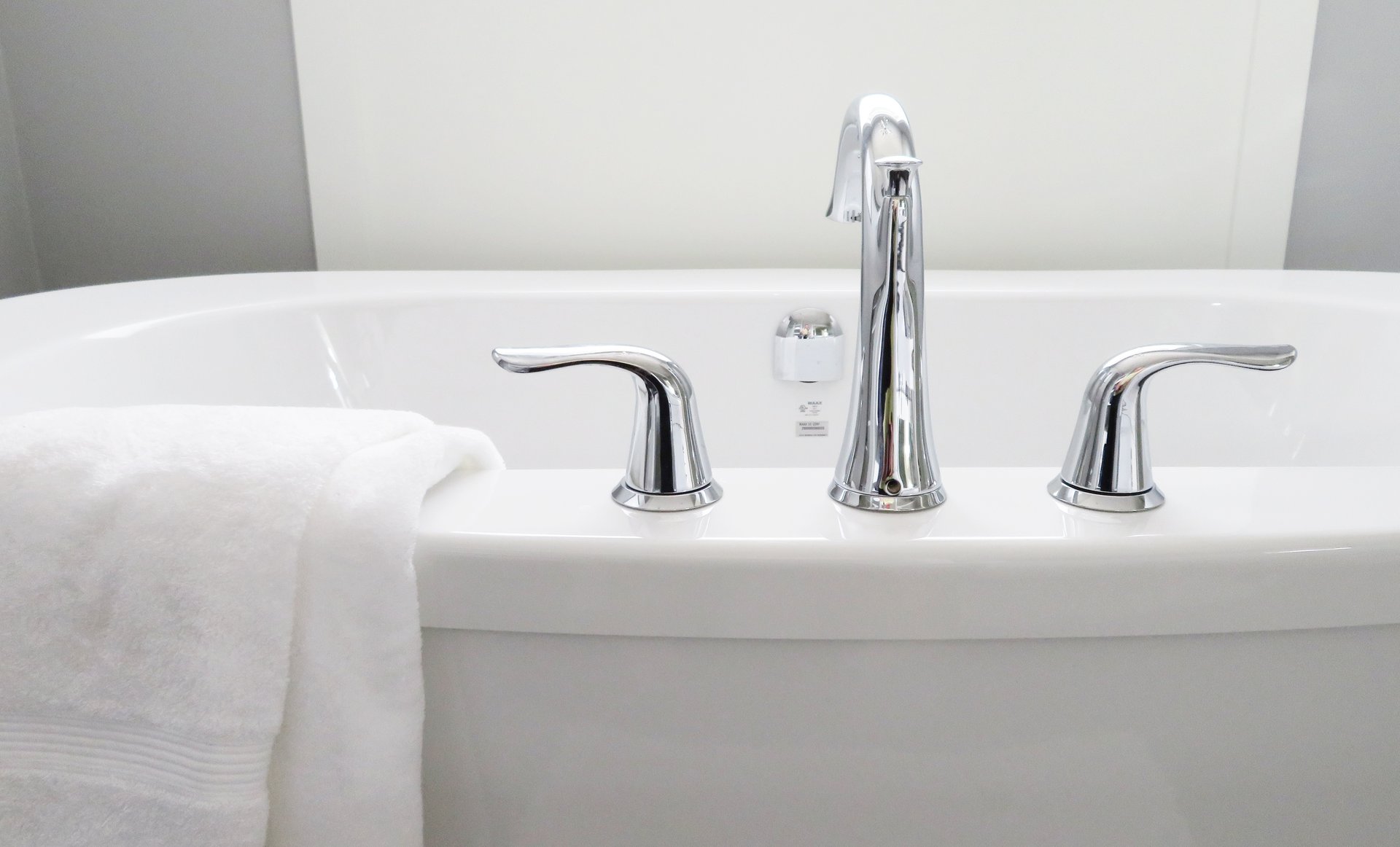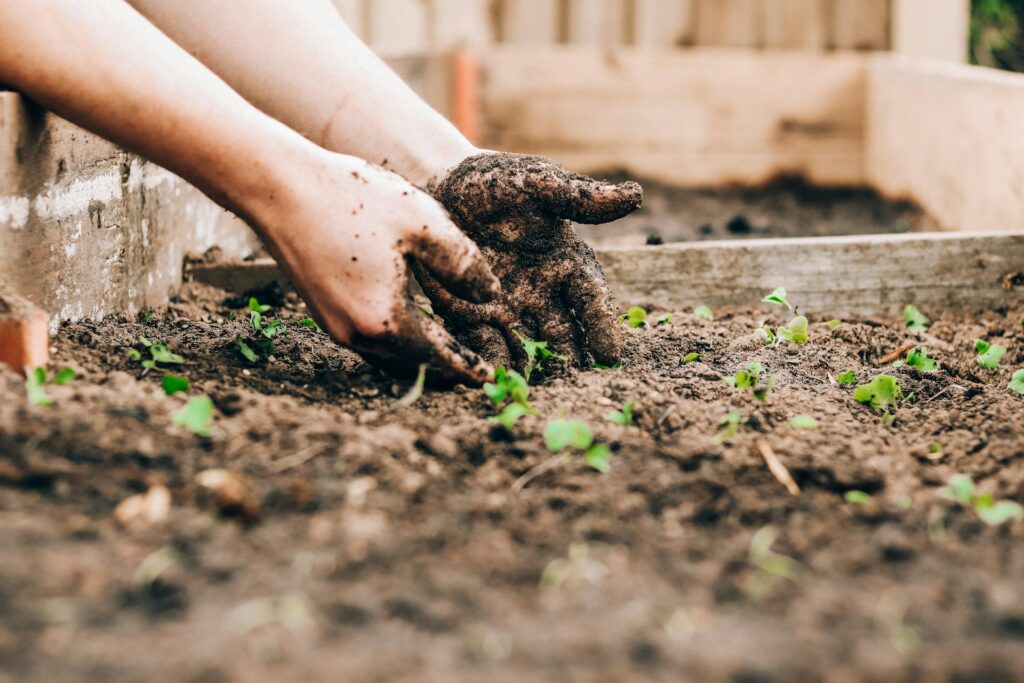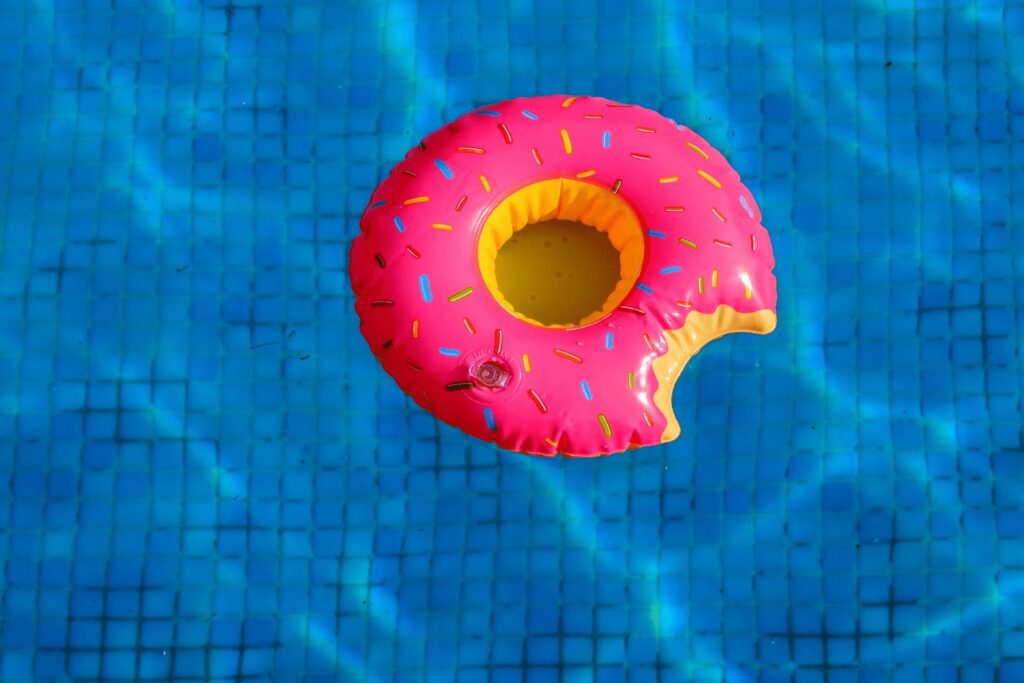
We are reader-supported. When you buy through links on our site, we may earn an affiliate commission.
If you’ve taken a shower only to find yourself standing in an inch of water, you probably have a clogged drain. While the mess certainly isn’t fun to deal with — or look at — unclogging the pipe is relatively simple. Plus, there are several different methods of removing blockages. If one isn’t effective, you can try another.
Here’s how to unclog a shower drain.
1. Boil It Out
When learning how to unclog a shower drain, your first attempt to remove it should be the most basic. After all, why spend $15 on a chemical cleaner if a free solution will work just fine? Simply fill your tea kettle with water and bring it to a boil. Then, pour the water down the clogged pipe little by little, giving it a chance to drain between each pour.
The high water temperature should help dissolve soap scum and food particles, effectively removing the blockage. While this option is safe for metal pipes, you shouldn’t try it on PVCs. Doing so could cause joints to loosen, resulting in even bigger issues like leaks.
2. Pour in Hair Clog Gel
If boiling water doesn’t do the trick, one of the more popular ways of how to unclog a shower drain is to use a gel hair remover like Drano. This solution is typically safe for septic and piping systems and only takes 15 to 30 minutes to remove the clog. Some gel and liquid formulas even pour through standing water to reach hair or food particles to effectively dissolve them.
In most cases, all you have to do is pour the solution down your drain and let it do its magic for the recommended amount of time. Then, flush with hot water to push both the gel and the clog out of your pipes. You can safely use this chemical to unclog kitchen or bathroom sinks, as well as your shower or bathtub. Just don’t use it to unclog a toilet, as it can crack the porcelain and soften its PVC pipes.
3. Use an Enzymatic Cleaner
Alternatively, you may choose to use an enzymatic cleaner. These unclogging solutions use a special combination of naturally occurring bacteria and enzymes to eliminate waste. Often, this makes them safer for the environment than harsh gel cleaners. However, after pouring enzymatic cleaner down your drain, you may have to wait a few hours for it to work.
During the waiting period, the bacteria or enzymes work to digest organic materials like hair and food and reproduce other bacteria that continue to do the same. Enzymatic cleaners are also safe to use in septic systems and will help clean them even after fixing your clogged pipes.
4. Make Your Own Solution
Of course, you may opt for an even more natural solution and make your own unclogging agent. One home remedy includes pouring half a cup of baking soda down your drain, followed by half a cup of vinegar. Cover the opening with a plug or rag and wait 15 minutes to an hour. Then, remove the cover and flush with hot or boiling water. The chemical reaction will break up hair and grime and hopefully remove the clog.
This option is more environmentally friendly than the previous two, as all ingredients are natural and gentler on the planet. However, since this solution doesn’t contain chemicals, you may have to repeat the process several times before the drain is clear of blockages. Plus, there’s a chance your efforts might prove fruitless, and you’ll have to resort to using a traditional cleaner anyway.
5. Get a Drain Auger or Snake
If liquid and gel solutions simply don’t work, even after repeated attempts, it’s time to pull out the big guns — or rather, the drain auger. This handy tool is also called a snake and is a long, thick flexible wire you stick down into your drain to manually push or pull blockages out.
These devices come in different lengths and thickness but, for the average homeowner, a 25-foot cable between one-fourth and five-sixteenth of an inch thick will suffice.
While you can use a snake in practically any drain, be sure to use ones specially made for unclogging toilets if that is where you’re dealing with a blockage. Often, these come with a protective sheath around the cable to prevent damaging the toilet bowl.
Prevention is the Best Bet
Of course, the best way to keep your drains free of clogs is to prevent blockages from occurring in the first place. Luckily, there are many nifty gadgets you might place in your shower drain to catch hair. From mushroom-shaped devices to little metal baskets, using these precautionary tools can save you from the expense of unclogging pipes.
Just be sure to empty catchers regularly to truly prevent blockages and slow draining water.










